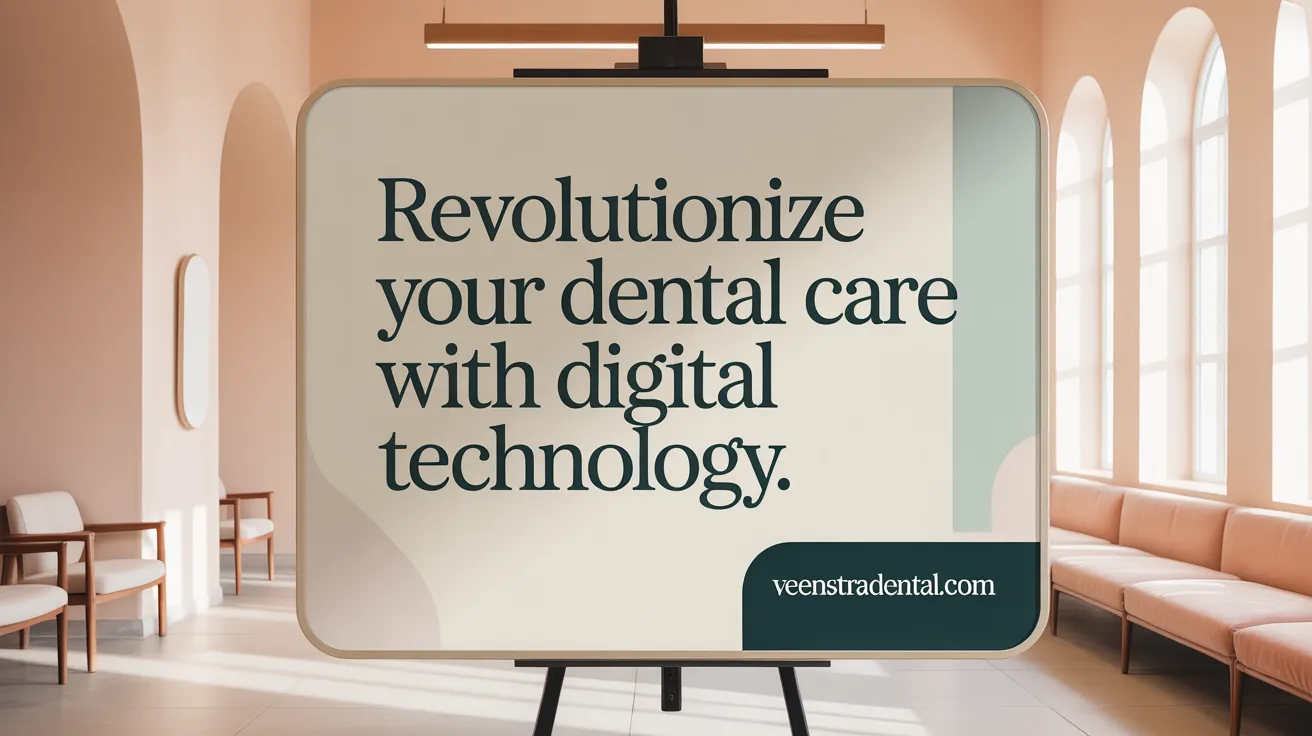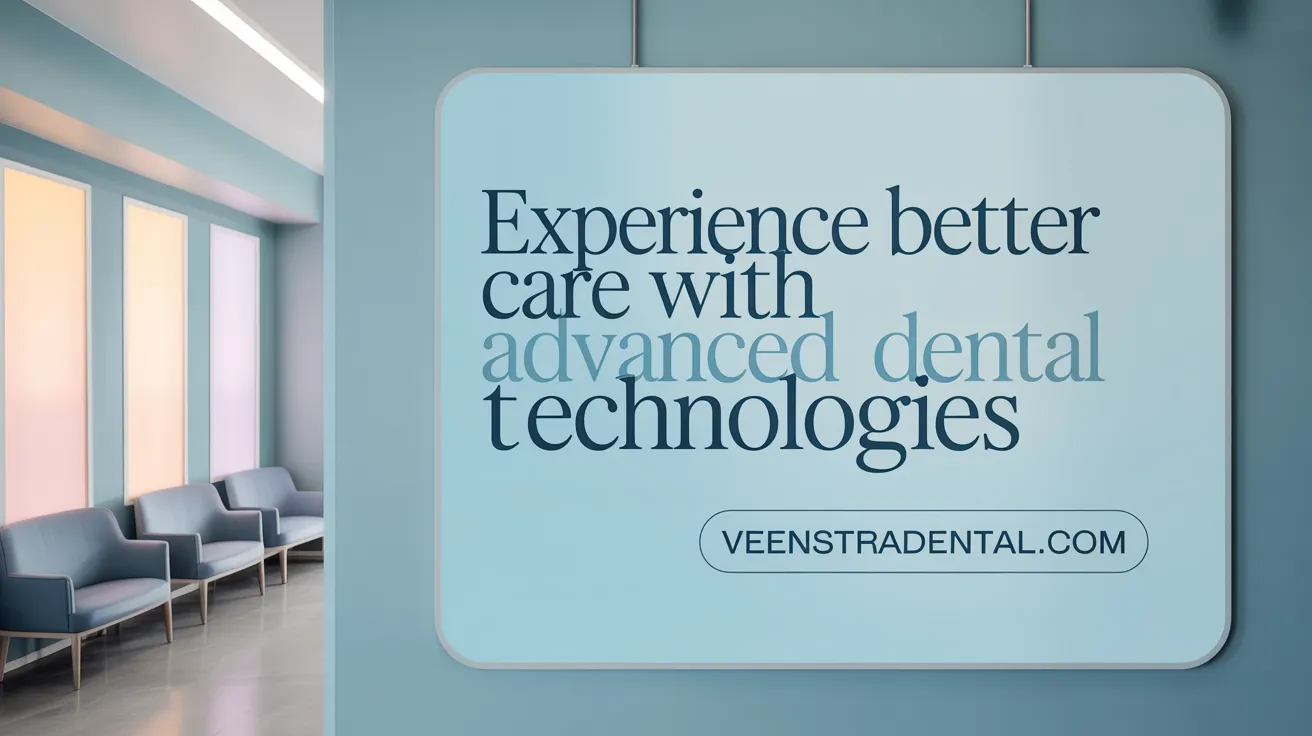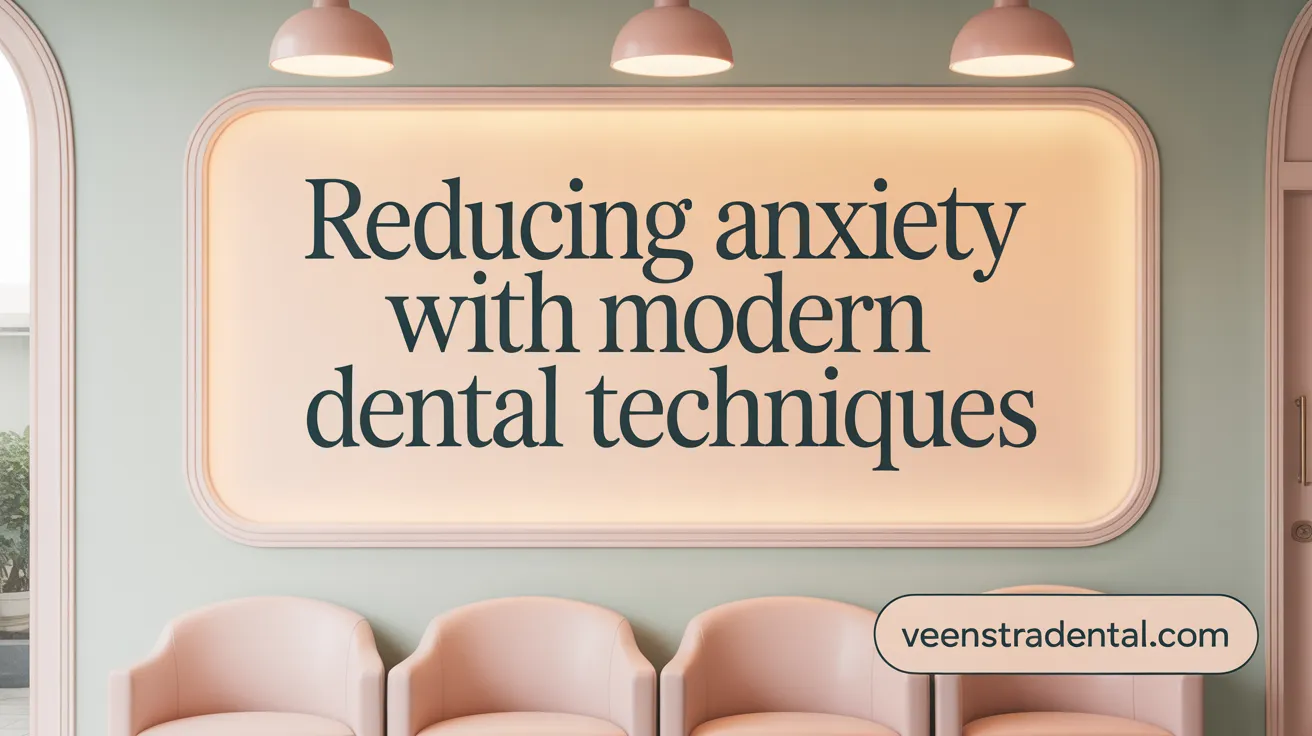Embracing Comfort and Precision in Dental Care
Modern dentistry is undergoing a profound transformation driven by technological advancements and patient-centered innovations. Today’s dental care is not only about treatment efficacy but also about enhancing patient comfort, reducing anxiety, and personalizing experiences. From digital imaging and laser therapy to sedation techniques and smart clinic environments, these breakthroughs are making dental visits more comfortable, efficient, and stress-free than ever before.
Technological Breakthroughs Defining Modern Dentistry

What are the recent innovations and technological advancements in modern dentistry?
Modern dentistry has advanced significantly through a variety of innovative technologies that improve patient care and treatment outcomes. One of the most notable improvements is in digital imaging. Digital X-rays, CBCT (cone beam computed tomography) scans, and intraoral cameras provide highly detailed images while reducing radiation exposure and increasing diagnostic accuracy.
3D printing and CAD/CAM (computer-aided design and computer-aided manufacturing) technology have revolutionized the creation of dental restorations. These tools allow for rapid, precise fabrication of crowns, bridges, aligners, and surgical guides in just a single visit, boosting efficiency and personalization.
Artificial intelligence (AI) has become integral in modern dentistry. AI algorithms assist in early detection of cavities, gum disease, and oral cancer by analyzing radiographs and images more accurately and quickly than traditional methods. AI-powered software helps in treatment planning, enhancing decision-making and predicting outcomes.
Laser dentistry offers minimally invasive treatment options for procedures such as cavity removal, gum reshaping, and teeth whitening. Lasers cause less discomfort, reduce bleeding, and speed up healing times.
Teledentistry is expanding access to dental care. Virtual consultations and digital follow-up platforms enable patients to connect with their dentists remotely, making routine care more accessible, especially for those in rural or underserved areas.
Additional innovations include smart dental devices like toothbrushes equipped with sensors and AI, which help monitor and improve at-home oral hygiene. Digital impressions taken with intraoral scanners replace traditional molds, providing quick, comfortable, and highly accurate dental impressions.
Overall, these advancements are transforming dental care into a more precise, comfortable, and accessible experience, setting new standards in patient-centered treatment.
Enhancing Patient Comfort Through Advanced Diagnostic and Treatment Tools

How do new technologies impact patient care and comfort in dental treatments?
Modern dental technologies have transformed the patient experience by making procedures safer, faster, and more comfortable. Digital X-rays, for example, provide detailed images with less radiation exposure compared to traditional X-rays, reducing patient concern about radiation risks. These high-resolution images enable dentists to diagnose issues earlier and plan treatments with greater precision.
Intraoral scanners replace traditional molds by capturing accurate digital impressions quickly and painlessly, eliminating the discomfort of traditional tray and putty impressions. This not only shortens appointment times but also enhances patient cooperation and satisfaction.
Laser dentistry offers minimally invasive options for procedures such as removing decay and reshaping gums. These laser treatments cause less bleeding, reduce discomfort, and promote faster healing.
Technologies like CAD/CAM allow for same-day crowns and restorations, decreasing treatment times and the number of visits needed. Telehealth platforms expand access, offering virtual consultations that are convenient and reduce the stress associated with clinic visits.
Visual tools such as digital smile design and intraoral cameras enhance patient understanding and engagement by showing realistic treatment outcomes.
Overall, these innovations contribute to more efficient diagnoses, precise treatments, and a more relaxed experience, making dental care less intimidating and more accessible.
What techniques and approaches are used to reduce pain and improve the patient experience during dental procedures?
Pain management in modern dentistry combines pharmacological techniques with behavioral approaches. Effective local anesthetics, including topical anesthetics and buffered injections, help numb the treatment area with minimal discomfort.
Innovative delivery systems like computer-controlled anesthetic devices, such as The Wand, ensure painless injections by precisely controlling flow rates, reducing needle sensitivity.
Sedation options such as nitrous oxide, oral sedatives, and intravenous sedation are utilized to help anxious patients relax fully during procedures. These options vary in depth, providing a tailored approach to patient comfort.
Behavioral strategies, including reassurance, guided relaxation, and distraction techniques like virtual reality, are employed to lessen anxiety and perceived pain.
Postoperative pain is managed effectively through multimodal analgesics, often favoring NSAIDs and acetaminophen over opioids to minimize side effects.
Combined, these approaches prioritize patient comfort, reduce fear, and improve overall treatment experiences, encouraging regular dental visits and fostering trust in dental care.
More information about how these technologies improve dental patient comfort and pain management can be found through searches on "Technologies improving dental patient comfort and pain management."
Patient-Centered Clinic Design and Personalized Care Practices
What patient-centered approaches and design improvements have been made in dental clinics to enhance the patient experience?
Modern dental clinics are increasingly focused on creating a welcoming and comfortable environment that puts patients at ease. This includes designing calming spaces with warm lighting, soothing music, and amenities like neck pillows, heated blankets, and refreshments to foster relaxation.
Beyond physical environment improvements, clinics emphasize personalized care that respects each patient's individual needs, preferences, and cultural background. This approach involves clear communication, shared decision-making, and treatments tailored specifically to the patient.
Staff training plays a crucial role, with dental teams trained in empathy and emotional intelligence. This enables them to actively listen and address patient concerns effectively, reducing anxiety and building trust.
Flexible scheduling options, including online appointment booking and extended hours, improve accessibility and help patients manage their time more comfortably.
Innovative technology such as teledentistry allows for virtual consultations, making it easier for patients to access care from their homes. Virtual follow-ups and digital communication further enhance engagement and trust.
Clinic design also prioritizes privacy and dignity, with private treatment areas and considerate layouts that minimize patient stress.
Overall, these combined strategies foster a positive, holistic approach to dental care aimed at promoting overall well-being, reducing fear, and encouraging regular visits for better oral health.
Revolutionizing Diagnosis, Treatment, and Education with Digital Tools
How has technology enhanced dental diagnosis, treatment, and education?
Technology has profoundly transformed dentistry by offering advanced tools that improve the accuracy, efficiency, and patient comfort of dental care. Digital imaging and intraoral cameras allow dentists to obtain high-resolution, detailed images of the inside of the mouth quickly, aiding in early detection of cavities, gum disease, and other oral health issues.
3D printing technology enables the swift creation of precise restorations—such as crowns, bridges, and aligners—as well as surgical guides, reducing wait times and increasing customization. These innovations simplify procedures, enhance treatment outcomes, and make the experience less invasive.
Artificial intelligence (AI) systems analyze dental images and X-rays to detect problems at early stages, assisting in accurate diagnosis and treatment planning. This predictive approach enhances preventative care and ensures timely interventions.
In dental education, virtual simulations, 3D modeling, and multimedia resources provide students with practical, hands-on experience. These platforms enhance understanding of complex procedures, support skill development, and foster confidence.
Overall, digital tools have elevated the standards of dental care, allowing for more precise, quicker, and safer treatments. They also support ongoing education for dental professionals, promoting continuous learning and improved patient outcomes.
Emerging Trends Focused on Patient Comfort and Anxiety Reduction

What are the current trends and breakthroughs in dental treatment that focus on increasing patient comfort?
Modern dentistry is rapidly evolving to prioritize patient comfort and reduce anxiety. One prominent trend is the use of minimally invasive techniques such as laser dentistry, which allows for procedures like cavity removal and gum reshaping to be performed with less pain, less bleeding, and quicker recovery times. Technologies like air abrasion further minimize discomfort by removing decay without traditional drills.
Digital tools play a significant role in making dental visits more manageable. Intraoral scanners and digital impressions replace uncomfortable molds, offering quick, precise results without the mess or gagging often associated with traditional methods. AI-powered diagnostic systems enable early and accurate detection of issues, reducing the need for more invasive treatments.
Sedation methods have advanced beyond simple nitrous oxide to include IV sedation and computer-assisted delivery systems like The Wand, ensuring patients remain relaxed and pain-free throughout procedures. Dental clinics are also enhancing their physical environment by incorporating calming elements such as soft lighting, gentle music, and soothing amenities like heated blankets and refreshments.
To improve accessibility and ongoing care, tele-dentistry allows patients to consult with dentists remotely, reducing travel and appointment stress. Real-time visualizations through digital Smile Design and other imaging tools build trust by helping patients see expected outcomes beforehand.
All these innovations converge to create a patient-centered care model, making dental visits less intimidating and more tailored. As a result, they foster increased satisfaction, better cooperation, and a more positive overall experience during dental treatments.
| Technology/Approach | Benefit | Additional Details |
|---|---|---|
| Laser dentistry | Less invasive, faster healing | Suitable for soft tissue and decay removal |
| Digital impressions | Comfort, speed, accuracy | Replaces traditional molds, no gagging |
| Sedation advancements | Anxious patients relaxed | IV sedation and computer-assisted anesthesia |
| Clinic ambiance enhancements | Relaxing environment | Soft lighting, music, amenities |
| Tele-dentistry | Increased access, convenience | Virtual consultations and follow-ups |
| AI diagnosis | Accurate early detection | Cavity, gum disease, oral cancer screening |
| Personalized visualizations | Better communication, trust | Digital Smile Design simulations |
These ongoing technological and procedural advances have considerably transformed patient experiences, emphasizing comfort, safety, and individualized care.
The Future of Comfort-Driven Dentistry
As dentistry continues to evolve, the emphasis on patient comfort alongside clinical excellence is reshaping how care is delivered. Technological innovations from digital imaging to laser therapy, combined with patient-centered clinic designs and personalized care approaches, are making dental visits less daunting and more efficient. Emerging tools like AI diagnostics and teledentistry expand access while tailoring treatment to individual needs. Ultimately, these patient comfort innovations promise a future where dental care is not only highly effective but also a pleasant, stress-free experience for all.
References
- How Advances In Dentistry Transform Patient Care?
- Modern Dentistry: Technology for a Comfortable Experience
- How Modern Dental Clinics Improve Patient Comfort and ...
- Influence of New Technology in Dental Care: A Public ...
- How Modern Dentistry Is Painless and Patient-Friendly
- Innovations in Dentistry: Exploring the Future of Oral Health
- The Role of Technology in Modern Dentistry
- Technological Advancements in Dentistry | How Modern ...
- The Role of Technology in Modern Dentistry at The Dental ...
- Influence of New Technology in Dental Care: A Public ...
